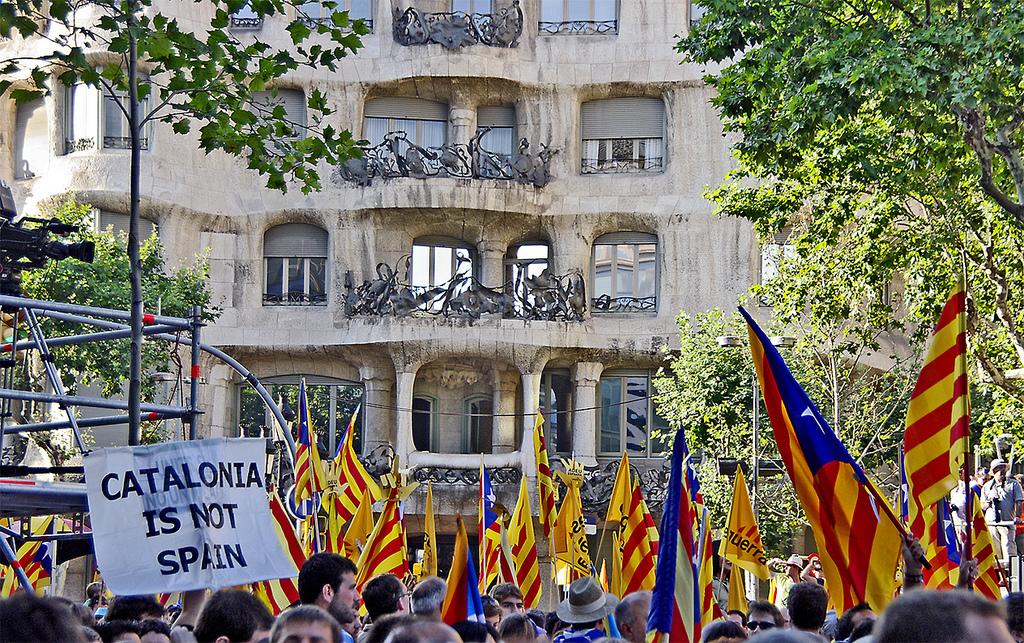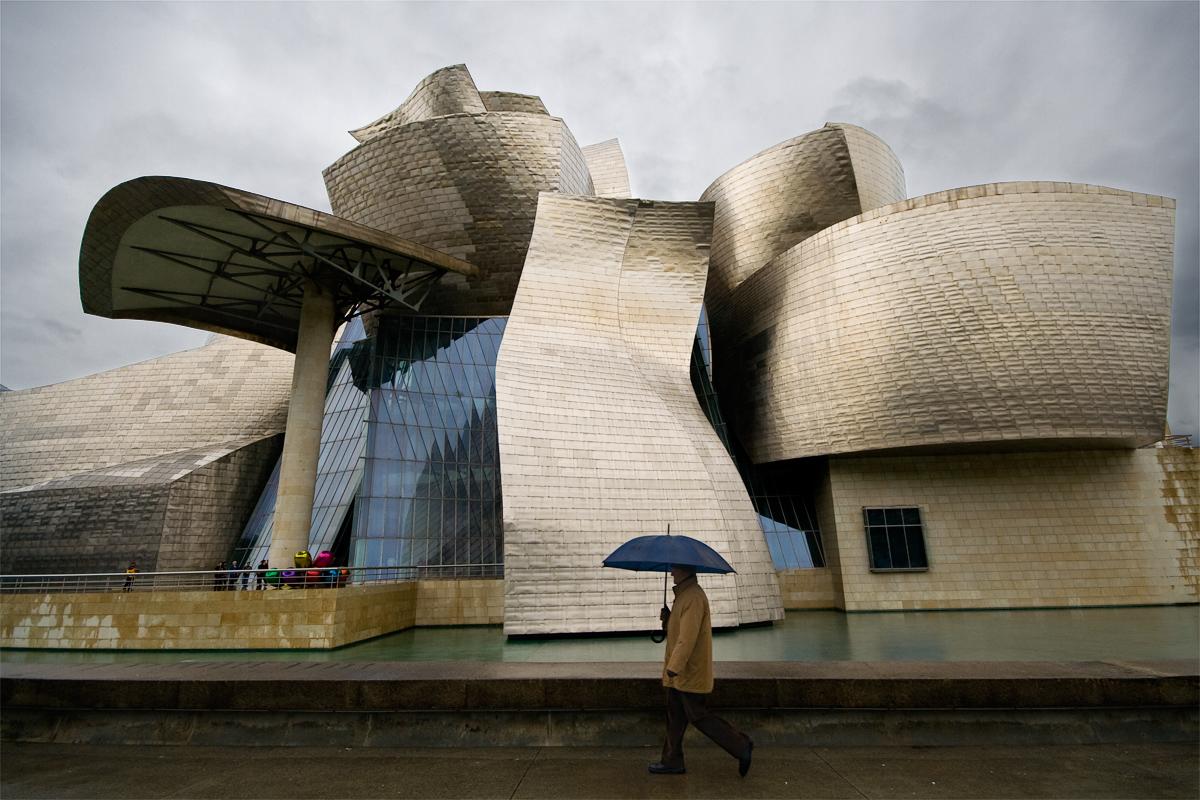Today we present you Jordi de San Eugenio Vela, place branding researcher and Professor at the Department of Communication at Universitat de Vic – University of Central Catalonia.
Learn about:
- The purpose of place branding;
- How long it usually takes to establish a city brand positioning;
- The main challenges in city branding;
- The importance of eccentric buildings and architecture for strong city brands;
- His favorite example of a place branding initiative done particularly well;
- How place branding can be used as a tool for the sustainable (tourism) development of a city, such as Barcelona.
Jordi, you are one of very few scholars with a PhD in place branding (Pompeu Fabra University). Do you remember what (or who) got you interested in the branding of cities, regions and nations?
My PhD is the result of my previous university studies, Geography & Journalism (BA) and Environment Management (MA). Building on these studies, for my PhD proposal I was looking for a topic that combines places, management and communication.
I remember that my PhD supervisors, Mònika and Joan, suggested researching a relatively ‘new field’ called ‘place branding’. Later on, and before I obtained my PhD, I worked on projects such as ‘Territoris Serens’, dedicated to the economic development of a rural place (El Lluçanès) by strengthening its identity, that is, through a place brand. It was a nice experience and the final element in deciding the subject of my doctoral dissertation.
In your view, what is place branding all about?
Place branding is about improving the welfare of a place’s population. It is an opportunity to discuss the future of a place in the context of its community, and to create a strategic plan for the territory. This place brand strategy, in turn is built on sound place management practices.
Place branding also stands for the process of projecting a competitive place image and reputation in order to be recognized in a globalized world, and to attract resources which are in line with the place brand.
How important do you consider nation branding and public diplomacy in Catalonia’s current process towards independence from Spain?
Nation branding (directly related to nation building) and public diplomacy are critical issues for the current situation in Catalonia because it is necessary to explain to the international community why the autonomous region is demanding a new status.
Therefore, we can consider the citizens’ movement for ‘the right to decide’ as being a spontaneous strategy of informal intermediation between the governments of Catalonia and Spain: a convincing representation of the new role adopted by civil society in the management of public affairs.
The massive manifestations in Barcelona and other Catalan cities are ultimately an expression of public diplomacy exercised by the people of Catalonia.
Moreover, and to create a primarily mental border, we need to project the Catalan identity and its aims at an international level. The best way of doing this, from my point of view, is through the projection of a strong brand.
The Catalonia brand can leverage from the Barcelona brand, but we need to explain that Catalonia is more than Barcelona.

In an earlier article about your research on Catalonia’s public diplomacy strategy (published by The Place Brand Observer), you said:
Many people have lost faith in the system and, consequently, its pillars have lost the status of dogma. Something is happening, something is moving on a cultural, social, political, geopolitical and even ethical level. We are facing a paradigm shift led by a civil society that understands political action differently.
In practical terms, what does this paradigm shift mean for those in charge of the (re)branding of cities and nations?
We’re talking about bottom-up strategies at any level. People have the right to decide the values and attributes of their place brand. It is not possible to decide the characteristics of any place brand without the citizens’ collaboration.
The involvement of stakeholders in place branding has been beautifully defined by Mihalis Kavaratzis.
In the case of Catalonia and its current situation, the goal isn’t to change the political systems per se, or to compete with state-run services and structures. The objective is to debate, to form opinion, to submit and agree on proposals, and to systematically monitor and make sure that citizens are in control of government actions. That is exactly what has been happening in Catalonia over the last five years.
In our interview with Philip Kotler, he explains how the Guggenheim museum has helped the industrial city of Bilbao to position itself internationally. How important are eccentric buildings and architecture for strong city brands?
In my opinion, eccentric buildings (always in a moderate manner) represent the finalization of an important transformation process in place management. For example, in Bilbao, the city transformed its industrial activity to a service-based economy, and the Guggenheim shows the city’s evolution to the world.
Places require a strategic plan to define their future and icons like the Guggenheim museum are a direct result of a deep transformation of this Spanish city.

That said, Francesc Muñoz in his book Urbanalización (2011) rightly warns not to succumb to the ‘dictatorship of the brand’ by creating situations where place management only depends on the images that are projected to the outside world.
In my opinion, Bilbao is an example of successful city branding because the Guggenheim Museum represents the completion of an ambitious strategic plan and the city’s commitment for new economic development.
From your experience, how long does it take to establish a city brand? And which are the main challenges, obstacles?
About two years on average. Of course, every case is different, but conducting sound research for a valuable engagement and involvement with place brand stakeholders takes time.
The main challenge is to discuss the real and the desired city. For stakeholders to come together and discuss their place brand is a great opportunity to talk about their city – its strengths and weaknesses – and to participate at a community level and bottom-up in the process of building a future strategy around the existing place identity. The main objective should always be to to improve the quality of life of the place’s people.
A considerable obstacle, in our experience, is the initial distrust or suspicion regarding any suggested place branding strategy.
Often, place branding initiatives are initially perceived as simple attempts to sell the place, something like ‘putting a barcode on my place’. We must fight this erroneous perception and explain that the purpose of modern place branding is to create a competitive identity as a way to improve the local economy and the residents’ quality of life.
Your favorite example of a place branding initiative done particularly well?
In my opinion, the Peru brand represents a great example of understanding that it is not possible to project a strong country brand abroad if it doesn’t previously work at a domestic level.
For a place brand to work, it needs to engage local communities. We have inherited a culture where outward projections of the brand are considered most important, whereas the most important first step is to create a sense of belonging among the local residents. Traditionally, destination brand campaigns project a competitive image to tourists or visitors, but too often forget the local population.
How can place branding be used as a tool for the sustainable (tourism) development of a city, such as Barcelona?
Place branding creates a story. In my opinion it is an excellent tool for communicating the need to preserve the natural environment for instance, which is critical for maintaining place attractiveness. After all, landscapes at a tangible and intangible level play a crucial role regarding a place’s image.
To support sustainable urban development, place managers should integrate a ‘green’ branding or social marketing campaign into the wider place brand strategy.
Thank you, Jordi.
To connect with Jordi de San Eugenio Vela, visit his (academic) profiles on Academia, Researchgate, Google Scholar, Orcid, ResearcherID, Scopus or follow him on Twitter.
Enjoyed our interview with Jordi de San Eugenio Vela, Professor at Universitat de Vic – University of Central Catalonia? Spread the word!


